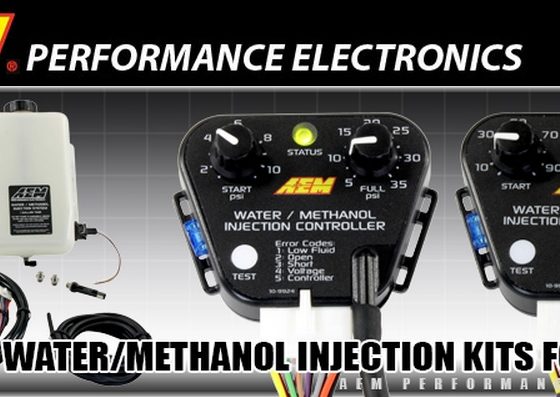,
 A few minutes with some 1500 grit sandpaper and a lot of patience, we cleaned off the worst of the corrosion. We then used some electronics cleaner to remove the dust and help protect the freshly sanded terminals against new corrosion. The female end of the plug was too small to sand, so we just sprayed in some cleaner and crossed our fingers. Unfortunately, we have also killed an oxygen sensor, so our CEL is still on. We'll have to replace that and see if the EGR code has gone with it. Damn you emissions controls, you necessary evil!
A few minutes with some 1500 grit sandpaper and a lot of patience, we cleaned off the worst of the corrosion. We then used some electronics cleaner to remove the dust and help protect the freshly sanded terminals against new corrosion. The female end of the plug was too small to sand, so we just sprayed in some cleaner and crossed our fingers. Unfortunately, we have also killed an oxygen sensor, so our CEL is still on. We'll have to replace that and see if the EGR code has gone with it. Damn you emissions controls, you necessary evil!With the powerplant brushed up, we turned our attention to stopping. Our brakes have the weirdest behavior: Right as you get off the throttle, the pedal is nice and firm, but immediately begins to drop alarmingly to the floor. It will drop an inch or so before stabilizing. Pumping the pedal does nothing. But blipping the throttle can actually make the brake pedal rise up for a few moments. We do not have a vacuum gauge in our VX, but considering the problem was throttle and load related, this isolated things down to the brake booster system. There is a one way check valve between the booster and the intake manifold (where engine vacuum is taken to power the booster). I have no clue how boosters work, but the check valve is easy enough to find in a VX. It is inserted into the vacuum line between the booster and intake manifold. Pop off the line and we can easily see how that check valve is working.
 Two easy hose clamps and a bit of prying later, pulls this hose. When we removed it from the booster we heard a bit of pressure release, so the check valve was working to some extent. We tried blowing through it in both directions (it was as gross as you'd expect). It seemed to be working, but in the release direction, we could feel the valve sticking a bit. Since engine vacuum is going to be a lot lower than what we can create with our mouths, we figured we were right, the check valve was indeed sticking slightly. We sprayed in some brake cleaner to break up the gunk, let it dry, and then followed with some WD-40 as lubricant.
Two easy hose clamps and a bit of prying later, pulls this hose. When we removed it from the booster we heard a bit of pressure release, so the check valve was working to some extent. We tried blowing through it in both directions (it was as gross as you'd expect). It seemed to be working, but in the release direction, we could feel the valve sticking a bit. Since engine vacuum is going to be a lot lower than what we can create with our mouths, we figured we were right, the check valve was indeed sticking slightly. We sprayed in some brake cleaner to break up the gunk, let it dry, and then followed with some WD-40 as lubricant. 
 After cleaning and trimming, we popped it all back together. After building up the engine vacuum we went for a test drive. Success! The brakes are still spongy overall, but the wandering pedal syndrome is gone. We have yet to spot any leaks from either the master cylinder or the calipers, so we think the brake fluid is simply beyond help and needs to be flushed, but we haven't gotten that far yet.
After cleaning and trimming, we popped it all back together. After building up the engine vacuum we went for a test drive. Success! The brakes are still spongy overall, but the wandering pedal syndrome is gone. We have yet to spot any leaks from either the master cylinder or the calipers, so we think the brake fluid is simply beyond help and needs to be flushed, but we haven't gotten that far yet.Next, it was time to move under the car. We decided to start with the transfer case based on a hunch. In Part 1, we mentioned how the TOD (Isuzu's clever torque biasing 4WD system) would occasionally stick on and cause all sorts of bucking and grinding. This was quite worrying as we imagine a new or refurbished TOD case is quite expensive. However we got to thinking (which we have a lot of time for with our one hour each way work commutes) and we realized that the case was probably fine, but the fluid inside must be shot. Here was our reasoning: the TOD works by placing an electronically controlled wet clutch between the front and rear output shafts. This clutch is what regulates power front to rear. Unlike a standard transfer case that uses gear oil, the TOD case uses ATF as its lubricant. If the ATF had broken down over time, the clutches would stick and cause the TOD to stick on. This can happen in automatic transmissions too.



